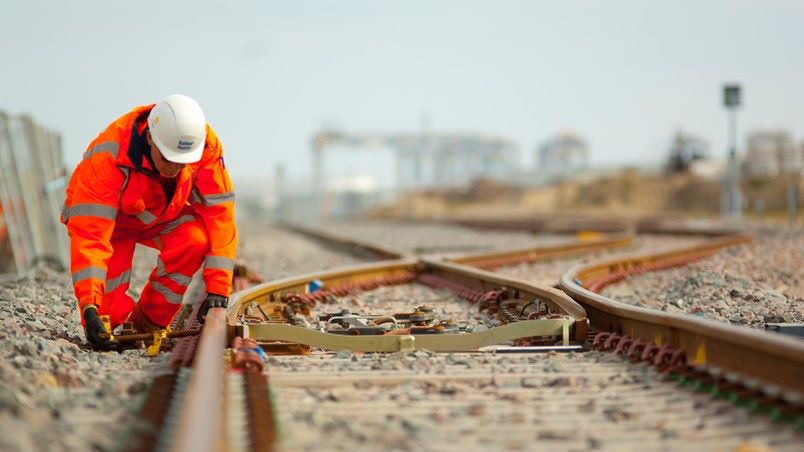Wednesday, April 3, 2024

Trenitalia, the passenger division leader of the FS Group, is making strides in transforming public transport into a more sustainable option, with the ambitious goal of pioneering sustainable development in the mobility sector. An SWG survey commissioned by Trenitalia reveals a strong public consensus on the train’s environmental credentials, with 80% of Italians considering it the most sustainable form of transport. This public perception is bolstered by significant shifts in travel choices, evidenced by 45 million people opting for Frecciarossa trains over air or road travel in 2023 alone.
The statement from Pietro Diamantini, the Director of the Trenitalia High Speed business, outlines the company’s comprehensive sustainability and modernization strategy for the coming years. Here are the key points he mentioned:
Pietro Diamantini’s overview emphasizes Trenitalia’s broad vision for sustainability, focusing not just on the environmental impact of their trains and operations but also on improving efficiency and passenger experience through technology and innovation. This comprehensive approach demonstrates the company’s commitment to a “Green positioning,” aligning their operations with broader environmental and sustainability goals.
The environmental impact of these choices is substantial. By favoring the train for the Milan-Rome route, passengers have contributed to a yearly reduction of 9 tonnes of CO2 emissions, compared to flying. Similarly, choosing rail over road travel saves approximately 4 tonnes of CO2 emissions. Corporate travel decisions further amplify these environmental benefits. According to a Bloomberg analysis processed by McKinsey, 47,000 companies that switched to Trenitalia for business travel have collectively avoided 100,000 tonnes of CO2 emissions last year.
In response to both public sentiment and environmental imperatives, Trenitalia has committed over one billion euros to the purchase of 40 new ETR1000 Frecciarossa trains. These state-of-the-art trains are not only a testament to advanced engineering but also to Trenitalia’s dedication to reducing energy consumption and enhancing passenger experience with better service levels, speed, and comfort.
Trenitalia’s sustainability vision extends beyond the tracks. The company has installed solar panels across its maintenance facilities to harness solar power, significantly cutting down energy consumption for maintenance operations. By 2032, Trenitalia plans to expand its photovoltaic-equipped facilities from 10 to 24, underscoring its commitment to a reduced carbon footprint.
The digitalization of maintenance services represents another cornerstone of Trenitalia’s strategy. Leveraging artificial intelligence and predictive maintenance, the company aims to minimize on-board malfunctions and ensure smoother journeys for passengers. Enhanced digital capabilities also mean better communication with passengers, further elevating the travel experience.
With these comprehensive initiatives, Trenitalia is not just promoting greener travel options but is also setting a benchmark for sustainable practices in the transportation industry.
Tuesday, April 30, 2024